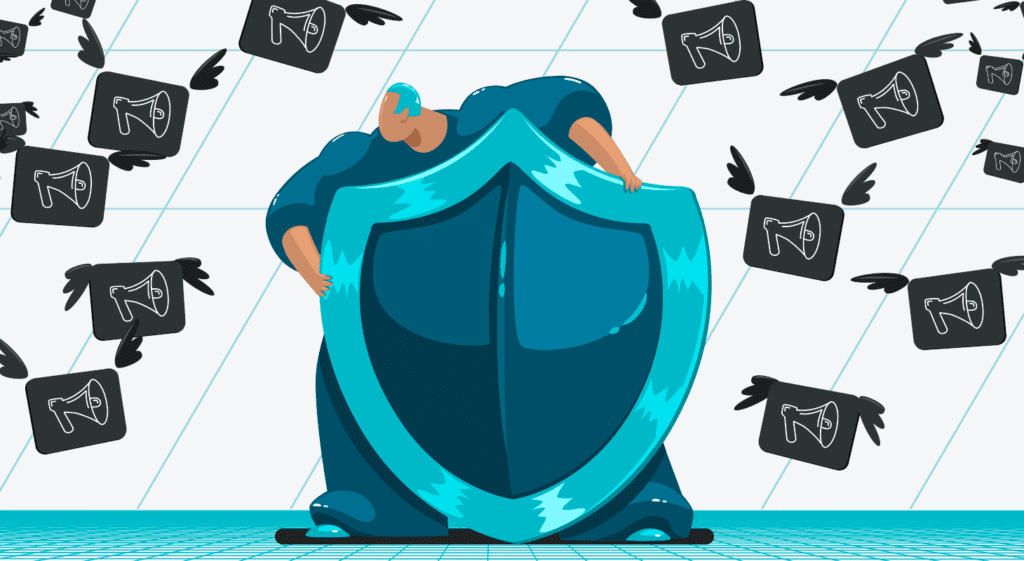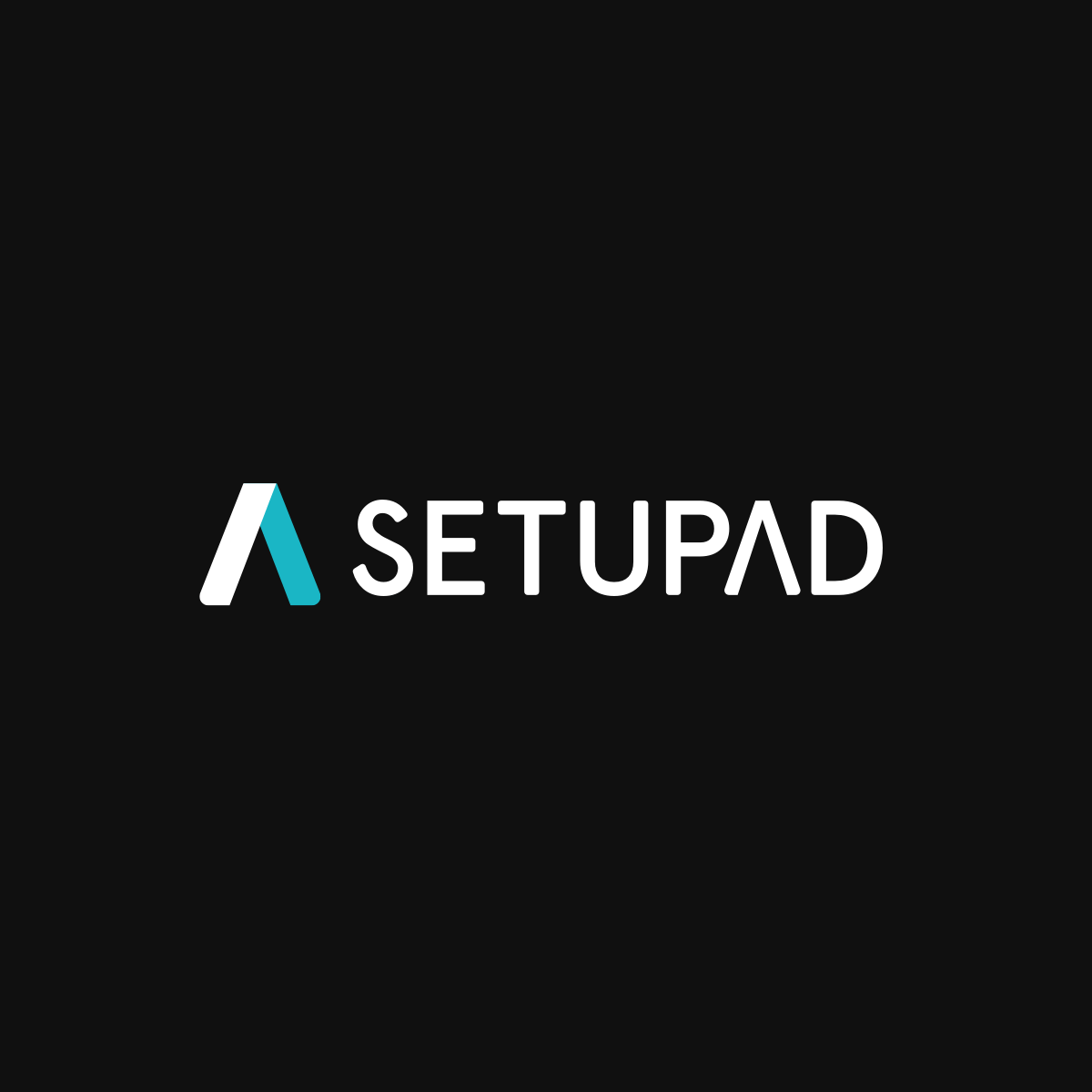Brand Safety Guide for Publishers
Introduction
Each ad placement is critical, and a poorly placed one can have dire consequences for the brand and publisher.
Picture this: a brand investing extensively in a campaign only to find its ad appearing near harmful content. The result? Advertisers lose confidence in the publisher’s brand and stop their campaigns.
In this article, we will walk you through brand safety and its fundamentals, why publishers should prioritize it, and practical steps to ensure brand safety.
Definition of Brand Safety
Brand safety involves protecting a brand from being associated with ads and content that harm its reputation. Simply put, it is shielding a brand’s reputation within the digital domain. Even so, there is not a one-size-fits-all strategy for protecting a brand.
The IAB reiterates that brand safety depends on what is or is not suitable for the brand. However, the expectation is that ad placement should appear within acceptable content.
In that case, publishers should utilize the IAB Content Taxonomy to define topical content ‘aboutness’ to promote relevant, brand-safe, and successful advertising. Brand safety is one variable and a precursor to brand suitability in targeting contextually relevant content.
Why Publishers Should Prioritize Brand Safety
Brand safety is crucial for publishers, as it protects their revenue by preventing losses from inappropriate ad placements. No brand wants to risk damaging its reputation by appearing next to questionable content.
For example, if a publisher starts publishing content that advertisers might consider inappropriate, they will stop their campaigns or block that publisher altogether, causing a drop in revenue.
The role of publishers in protecting advertisers’ brands
Publishers play a critical role in protecting advertisers’ brands, a responsibility that extends beyond creating content to ensuring thoughtful and strategic ad placement. To maintain brand safety, publishers must avoid associating ads with offensive or harmful content that could damage an advertiser’s reputation.
To achieve this, publishers should leverage tools like keyword exclusions, blocklists, and contextual targeting to minimize the risk of ads appearing alongside inappropriate or controversial content. Additionally, maintaining transparency about content policies fosters trust and strengthens collaboration with advertisers, ensuring a more effective and aligned partnership.
The risks of neglecting brand safety
Neglecting brand safety shrinks publishers’ revenue, damages their reputation, and short-circuits their long-term viability.
Besides, 67% of advertisers strongly consider brand safety a primary priority in ad placement, for they risk losing two-thirds of their customers if their ads feature next to false or inflammatory content.
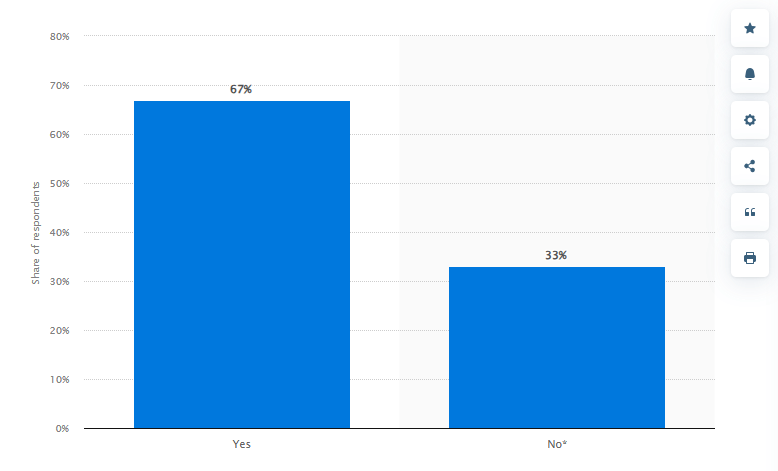
Source: Statista
When publishers fail to take the necessary measures to secure an advertiser’s brand, advertisers may pull back their campaigns or lower ad spend, negatively affecting the publisher’s revenue. Ad networks and SSPs may also penalize publishers or ban them from accessing premium opportunities.
In addition, 73% of users may not interact with a brand associated with misinformation, and 65% are unlikely to do business with it.
The Fundamentals of Brand Safety for Publishers
Publishers should foster a secure ad environment and preserve advertisers’ trust based on these fundamental components:
Understanding Brand Safety Guidelines
Organizations like the IAB and the Media Rating Council (MRC) develop standard guidelines concerning brand safety that preserve a healthy advertising network for publishers, advertisers, and users.
Nevertheless, publishers should ensure their ads are appropriately displayed, preserve factual accuracy and appropriateness of their content, and steer clear of ad fraud. They can do this by:
- Setting clear policies: Publishers should explicitly establish what appropriate and inappropriate content entails and align this with the advertiser’s brand needs.
- Using technology for implementation: Content filters, artificial intelligence, and ad verification are essential tools that allow publishers to track and identify potentially offensive content before publishing.
- Maintaining transparency: Publishers should communicate openly with advertisers about monitoring efforts, content guidelines, and corrective measures.
Types of Content Considered Unsafe
Unsafe content is any material that can discredit a brand’s name. The common types include:
- Hate speech: 31% of advertisers limit ad spend on platforms that tolerate hate speech. Publishers should not feature ads on hate speech content to preserve their revenue.
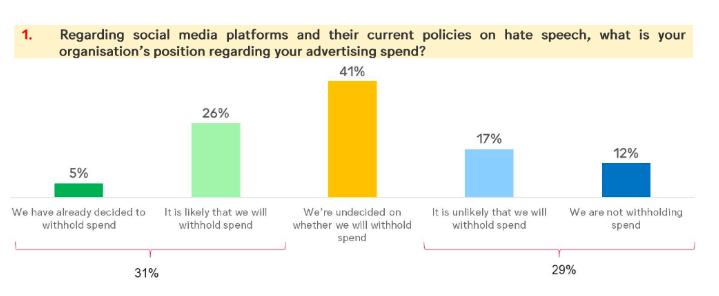
Source: Campaign Live
- Dangerous or derogatory content: Google Publisher Policies define such content as material that promotes hatred, encourages discrimination, or demeans individuals based on attributes like race, nationality, or gender. This also includes content that engages in bullying, exploitation, or the promotion of terrorism. For instance, a newspaper publisher reportedly lost $215 million in revenue when advertisers pulled their ads after they were placed next to content related to terrorism.
- Adult content: Ranking second in the data charts, this category includes altered synthetic content featuring explicit sexual material or nudity, which poses a significant risk to an advertiser’s reputation.
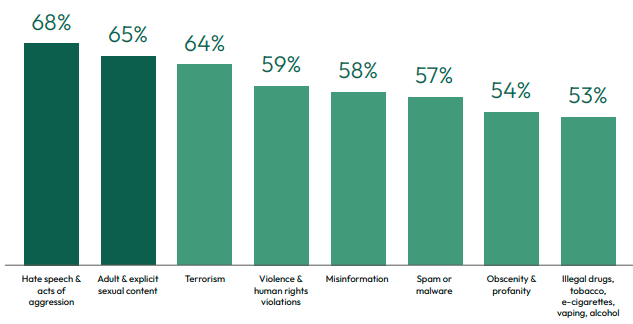
Source: IAS
- Illegal activities: Content related to hacking, drug trafficking, and other illegal activities undermines the safety and integrity of the advertising environment.
- Political polarization and religious extremism: Such content can alienate audiences and cast a negative light on the brand’s image.
Practical Steps for Ensuring Brand Safety
Publishers should proactively adopt broad and practical approaches to ensure brand safety by:
1. Implementing Robust Content Moderation Practices
Content moderation is the pillar that publishers should capitalize on in brand safety to create an advertiser-friendly website by balancing human oversight with automated tools.
Manual vs. automated moderation
Publishers should rely on human judgment to address nuanced situations that are challenging to automate, such as identifying subtle hate speech or interpreting satirical content.
At the same time, tools and algorithms enable publishers to efficiently flag and remove inappropriate content at scale by filtering based on context, keywords, or visual analysis.
However, combining these approaches can greatly enhance accuracy, ensuring a more robust content moderation process, especially when automation falls short.
Importance of editorial guidelines and workflows
Editorial guidelines set the framework for acceptable content, especially when dealing with delicate aspects like hate speech, violence, or terrorism.
Publishers should also develop well-structured workflows to smooth their content review process and have qualified personnel to promptly examine and address issues with flagged content.
The editorial teams should be regularly trained to ensure the workflow aligns with emerging publishing standards and policies.
2. Using Ad Verification Tools and Technology
Ad verification tools assure publishers that ads are contextually placed, protecting the publisher’s revenue and the advertiser’s brand reputation.
Overview of popular tools
Here are some of the tools publishers can utilize to verify ads:
- DoubleVerify: Examines ad placement, identifies current fraud schemes, and prevents ads from displaying near harmful content.
- Integral Ad Science (IAS): Delivers real-time insights into the quality of ad placements, helping to address critical factors such as brand safety, ad fraud, and viewability.
- Adloox: It enables publishers to filter out invalid traffic, ensure sustainable ad inventory, detect fraudulent activities, and perform content analysis for effective blocking of inappropriate material.
How these tools work to prevent unsafe ad placements
Ad verification tools analyze content to detect harmful elements and prevent ads from being displayed in contextually risky environments.
These tools also gather data on ad placements, which publishers can share with advertisers to enhance transparency and build trust. By doing so, publishers position themselves as reliable partners in ensuring brand safety and fostering strong advertiser relationships.
3. Partnering with Reliable SSPs and DSPs
The publishers’ choice of SSPs and DSPs highly determines the safety of ad placement on their platform. So, the publisher should be proactive in:
Vetting partners to ensure alignment with brand safety standards
Publishers should prioritize working with SSPs and DSPs that demonstrate a strong commitment to brand safety. Partnerships with reputable organizations like the Trustworthy Accountability Group (TAG) serve as a positive indicator of their dedication to maintaining high standards.
Additionally, publishers must ensure that their partners’ brand safety policies align with their own content guidelines. Transparency is crucial—partners should provide clear insights into how ads are placed and the measures they take to safeguard brand integrity.
4. Regularly Monitoring and Auditing Content
Publishers should be proactive about ad safety to easily monitor, detect, and address harmful issues before they spiral.
Leveraging Analytics and Reports to Mitigate Risks
Analytics and reporting tools streamline the evaluation process by providing publishers with a comprehensive view of their ad placements. These tools allow publishers to track trends, pinpoint high-risk content areas, and assess the effectiveness of their brand safety strategies.
Sharing the outcomes of these evaluations with internal teams and advertisers further refines safety protocols while building trust and confidence in the platform’s commitment to brand integrity.
Routine Audits for Ongoing Compliance
In addition to regular evaluations, publishers should conduct routine audits of their website to ensure adherence to internal content policies and industry standards. This proactive approach helps maintain compliance and reinforces a culture of accountability and brand safety.
Advanced Strategies for Brand Safety
Adopting Contextual Targeting
Unlike behavioral targeting, which heavily relies on a user’s browser history or individual data, contextual targeting displays ads on a site based on the page content and keywords.
Publishers can group ads on a network around specific keywords or wider topics. The process begins with a web crawler picking and scanning each page URL and grouping the content.
Ideally, when a user visits a particular page, the URL data is passed in the request to the ad server. The ad server then matches with the crawled data for that particular URL and pairs relevant campaigns with topic groups and keywords.
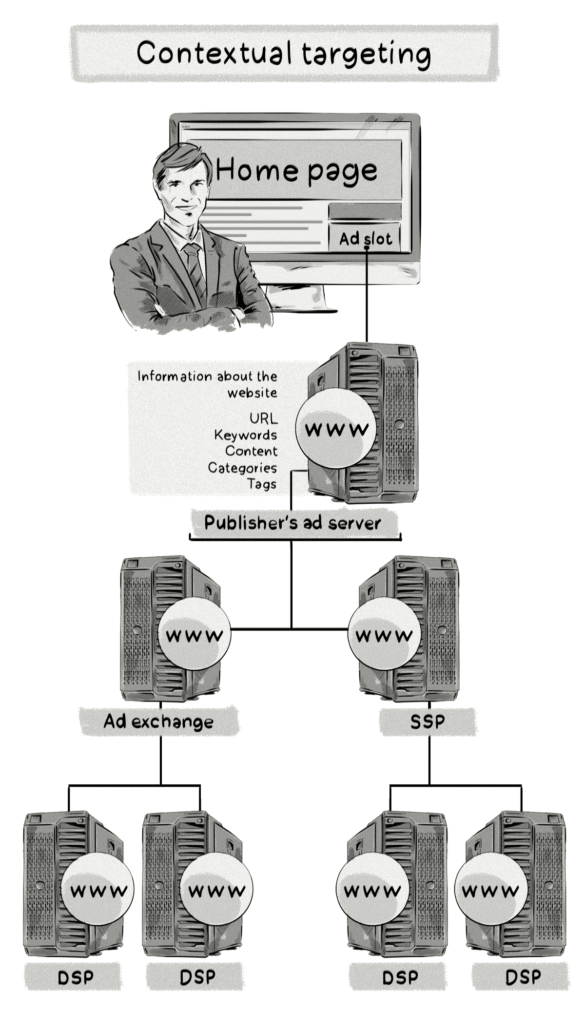
Source: ClearCode
Incorporating First-Party Data for Precision
Capturing first-party data, such as user behavior, preferences, purchase history, and more, allows publishers to get direct user insights and understand them on a granular level.
They can then segment audiences, allowing advertisers to reach relevant audiences and avoid irrelevant or anappropriate ads appearing next to publishers’ content.
Publishers should also adopt data collection and usage approaches that align with data privacy laws like the GDPR and CCPA.
Ensuring Diversity, Equity, and Inclusion (DEI)
Brand safety goes beyond avoiding harmful content; it reflects a commitment to fostering an inclusive environment that aligns with modern societal norms and values.
In fact, 67% of users believe that brands have a responsibility to promote diversity, equity, and inclusion (DEI). Prioritizing DEI reduces the likelihood of publishing discriminatory or insensitive content, safeguarding both publishers and advertisers from reputational risks.
To uphold these values, publishers should establish and enforce content policies that actively promote DEI while rejecting harmful stereotypes. This approach not only protects brand integrity but also resonates with a socially conscious audience.
Staying Ahead of Emerging Challenges
To maintain brand safety, publishers should remain proactive and address emerging challenges to ensure their website remains a trusted platform for advertisers. They can achieve this by:
Navigating Fake News and Misinformation
Fake news and misinformation pose significant threats to publishers, jeopardizing their reputation and revenue as brand associations diminish. No advertiser wants to be linked with questionable or unreliable content.
To address this, publishers must adopt strategic fact-checking protocols to ensure content accuracy. This can include leveraging fact-checking tools and partnering with reputable organizations like PolitiFact or FactCheck.org.
Additionally, AI-powered solutions offer an efficient way to flag and analyze potentially false content in real time, helping publishers maintain credibility and protect their partnerships with advertisers.
Dealing with Programmatic Risks
Although programmatic advertising is effective, it carries the risk of ad misplacement, fraud, and obscureness, which may violate brand safety if not cautiously handled. Publishers should deal with this through:
Transparency in programmatic advertising
Publishers should fully disclose to advertisers where their ads will be placed and how to ensure brand safety.
They should also collaborate with partners to obtain extensive reports on the bidstream process and boost accountability.
Leveraging supply path optimization (SPO) in brand safety
SPO involves finding the shortest and most cost-effective path to ad inventory for DSPs to eliminate unnecessary intermediaries and lower programmatic risk.
By dealing only with credible SSPs and DSPs, SPO allows better control over ad placement and reduces the risk of ads appearing in unsafe contexts.
The publisher’s role is periodically auditing the programmatic process, eliminating fraudulent vendors, and embracing high-quality partners.
The Rise of AI-Generated Content
AI tools may inadvertently process content that contradicts advertisers’ expectations, often relying on outdated or unreliable sources, which can result in the spread of false information.
To address this, publishers must regularly test and refine AI algorithms to minimize bias, clearly label AI-generated content, and invest in advanced tools capable of detecting and flagging unsafe material. However, human oversight remains the most effective solution for ensuring quality and maintaining alignment with brand safety protocols.
Benefits of Prioritizing Brand Safety
Prioritizing brand safety is not just about ticking the compliance box. It’s a strategic investment laced with several benefits, including:
Strengthening Publisher-Advertiser Relationships
Transparent content policies not only attract premium advertisers but also foster trust and secure long-term partnerships. By prioritizing advertisers’ needs, publishers create a safe environment for campaigns, ensuring consistent revenue streams.
Enhancing Overall User Experience
Brand safety goes beyond advertising; it creates a positive and reliable environment for audiences. By eliminating mistrust, curating relevant content, and establishing credibility, publishers enhance the overall user experience.
An improved user experience leads to increased traffic and engagement, making the platform more appealing to advertisers and boosting its value.
Boosting Revenue and Opportunities
Focusing on brand safety directly impacts a publisher’s bottom line. It attracts higher bids, increases advertiser demand, and unlocks premium opportunities. This approach leads to high-value deals and diversifies the publisher’s revenue base.
Conclusion
Brand safety reflects a publisher’s commitment to excellence, serving as the foundation for credibility, trust, and long-term business success. By implementing robust policies, staying proactive, and leveraging advanced tools, publishers can create a secure and trustworthy platform that benefits both advertisers and audiences.
